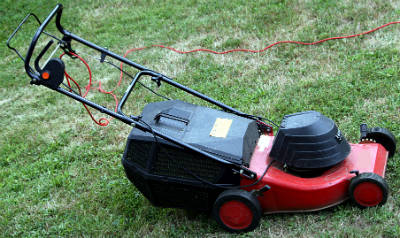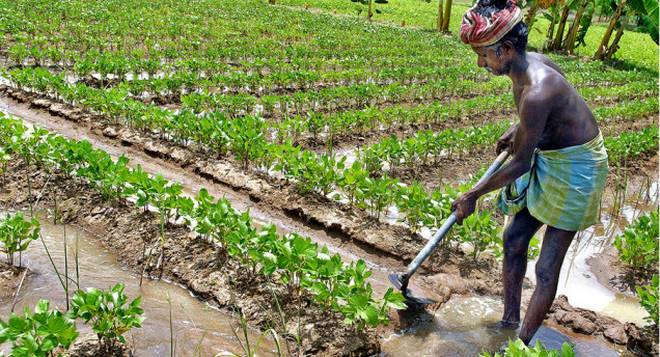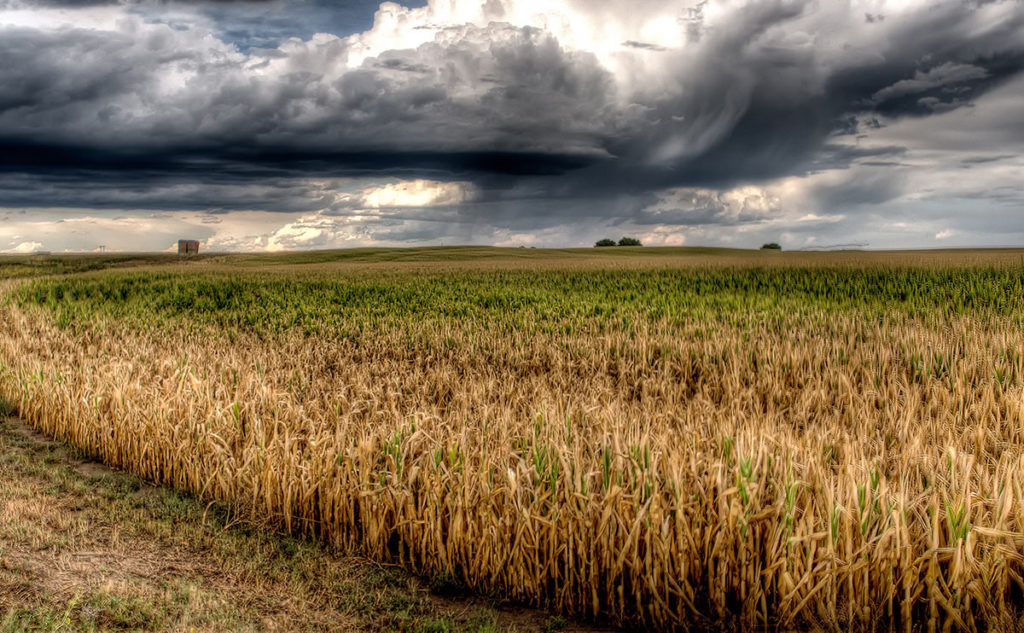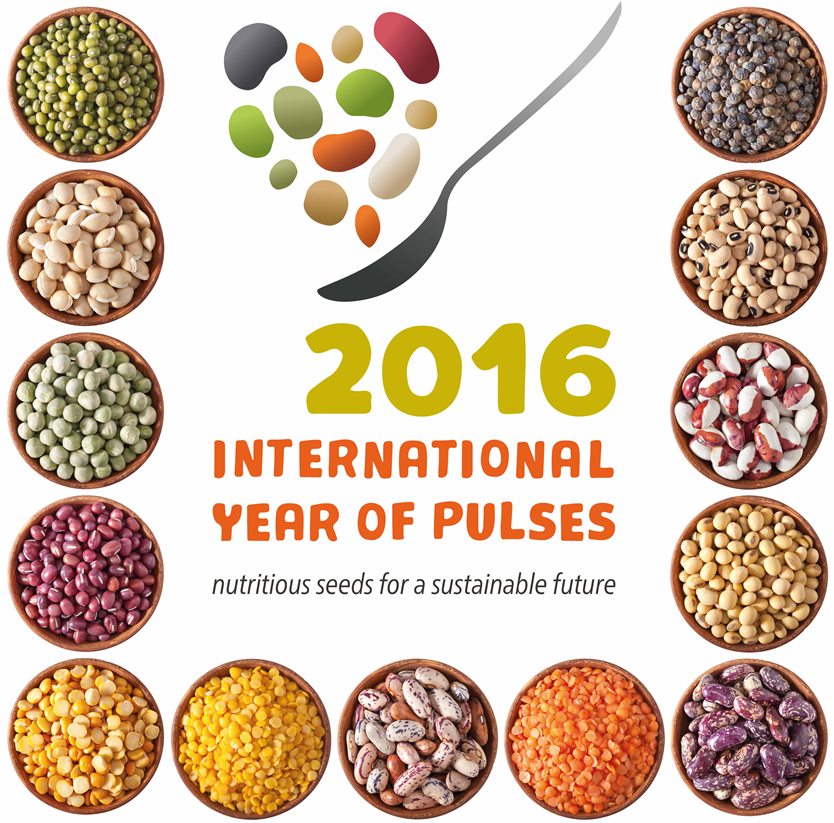How to Choose the Best Electric Lawn Mowers?
Most of the people require a lawn mower for cutting grass or plants that have grown on the ground. So, they want to know about purchasing an environmentally friendly lawn mower. In this context, you will get useful tips on the best electric mower for your requirements.
Points to Remember
As per the some reports on Electric mowers provide a great environmentally friendly alternative, as compared to the conventional gas-powered lawnmowers. These mowers usually run in a quiet manner and they are very simple-to-start with merely click of a switch.
As the name suggests, you might understand that it will require a source of electric power that may create restrictions on these mowers. Therefore, judge your condition prior to purchasing this machine. A comparison is essential before selecting the best electric mower as per your requirement.
The next considerable factor is the size of the lawn for which you are going to purchase an electric mower. A corded electric mower should be plugged into an electrical socket; that is why it is not a feasible solution if you are an owner of a very big lawn.
On the other hand, the cordless mower is involved with a battery lasting for about 1 hour. It is also not a practical solution for big yards in case you have to recharge it repeatedly, as a 2-hour job might take 3-4 hours to finish.
Next, you have to find out the type of your lawn. Based on the thickness of the grass and the requirement of the height, you should select a machine, so that it can appropriately deal with the lawn type and the requirements.
The country moves on towards a greener lifestyle in an attempt to alleviate carbon footprint and the electric machines are eco-friendly options helping to fulfill this dream.
Corded Electric Lawn Mowers
Such incredible type of the lawn mowers can be self-propelled or pushed and you can easily start them to initiate your work. Corded Electric Lawn Mowers operates its functions smoothly and quietly and are regarded as a more reasonable choice in the long-term point of view. Such type of mowers releases fewer emissions that have made them a naturally better option.
Corded Electric Lawn Mowers are lightweight machines. An exciting news is that many communities provide rebates if you change from gas to electric lawn mowers, as such machines trim a little bit narrower paths. These mowers are suitable for tight places; however, a bit long time can be needed to complete the job. One drawback is that the span of a corded electric mower is restricted to 100 feet or less than that approximately. Remember that running over its cord is a dangerous problem.
Cordless Electric Lawn Mowers
Cordless lawn mowers give you movement flexibility and you can use such machine for bigger yards as well, as the concept of the electric socket is not there. The implementation of ‘go green’ concept can be done easily with such type of mower.
The battery life might be in the range of about 45-60 minutes based on the model you have selected. You can choose a machine that offers the feature of replaceable battery unless the lawn mowing can waste your time unnecessarily.
Electric corded lawn mowers are easy-to-use and light in weight; therefore, it might be a perfect mowing solution for a small garden (if you are okay with its cable). A cordless mower is a suitable option for such areas that are distant from the electrical outlet.

 Pulses are the storehouse of protein and they are compatible with a range of cropping systems. Pulses are also an important source that provides a significant contribution towards the nutritionally balanced food for the vegetarian people in India.
Pulses are the storehouse of protein and they are compatible with a range of cropping systems. Pulses are also an important source that provides a significant contribution towards the nutritionally balanced food for the vegetarian people in India. Varieties
Varieties
 According to United Nations Food and Agriculture organization (FAO), there are a total of 11 types of pulses: dry beans, dry broad beans, dry peas, chick peas, cow peas, pigeon peas, lentils, bambara beans, vetches, lupins and pulses nes.
According to United Nations Food and Agriculture organization (FAO), there are a total of 11 types of pulses: dry beans, dry broad beans, dry peas, chick peas, cow peas, pigeon peas, lentils, bambara beans, vetches, lupins and pulses nes.